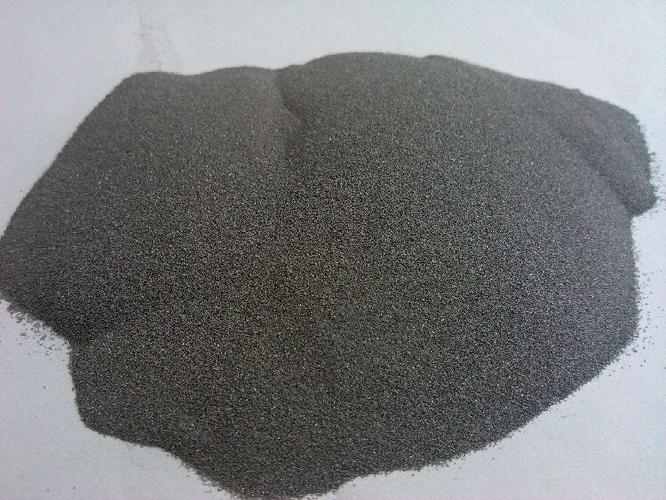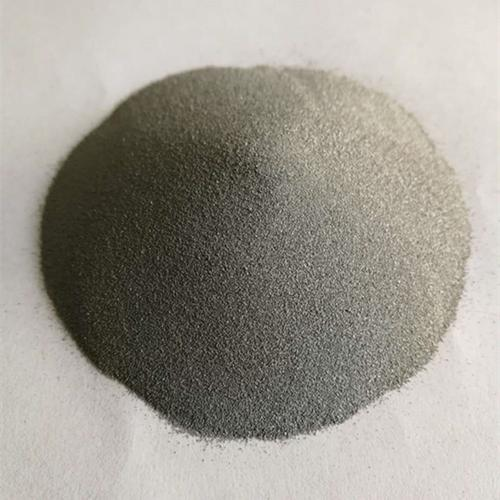**Sintering Secrets: The Magic Behind Stronger Powder Metal Parts**
(What Is The Effect Of Sintering On A Powder Metal Compact?)
Ever wonder how a pile of metal dust transforms into a robust, usable part? It’s not wizardry. It’s a vital step called sintering. This heat treatment works behind the scenes, turning fragile powder metal compacts into components that power our world. Let’s uncover the fascinating effects sintering has on these pressed powders.
**1. What Sintering Actually Does to a Powder Metal Compact**
Think of a powder metal compact fresh from the press. It looks like the final shape. It feels solid. But really, it’s just metal particles jammed together. It’s fragile. It crumbles easily. It lacks real strength. Sintering changes everything. Here’s what happens inside that furnace:
* **Bonds Form:** Heat makes the metal atoms get active. Atoms start moving from particle surfaces. They bridge the gaps between particles. Tiny necks form where particles touch. These necks weld the particles together. This is diffusion bonding.
* **Pores Change Shape:** The compact starts with many irregular pores. Sintering smooths these pores. They become rounder. Some smaller pores vanish completely. The total porosity might decrease slightly. But the key is the pore shape improves.
* **Strength Jumps:** Those newly formed bonds are crucial. They turn the compact from a fragile biscuit into a tough part. The strength increases dramatically. It can now handle stress and load.
* **Density Shifts (a bit):** True densification happens mostly during pressing. Sintering might cause a tiny bit more shrinkage. But its main job isn’t squashing the metal further. Its job is bonding what’s already there.
* **Metallurgy Happens:** For alloys, sintering lets different metals mix properly. It allows the right metal structures to form throughout the part. This is essential for properties like hardness or toughness.
So, sintering doesn’t just heat the compact. It fundamentally rebuilds it at the microscopic level. It creates a cohesive metal structure from a collection of separate particles.
**2. Why Sintering is Non-Negotiable for Powder Metal**
Skipping sintering is like baking a cake but never putting it in the oven. The result is useless. Here’s why sintering is absolutely essential:
* **Strength is Everything:** Without those atomic bonds formed during sintering, the compact has almost no strength. It’s just pressed powder. It would shatter under the slightest pressure. Sintering provides the structural integrity needed for any real-world application.
* **Dimensional Stability Matters:** The pressed compact can change size unpredictably. Sintering under controlled conditions causes predictable, uniform shrinkage. This ensures the final part meets precise size requirements. No sintering means unpredictable dimensions.
* **Controlled Properties:** Need a specific hardness? Or toughness? Or magnetic behavior? Sintering activates the alloying elements. It allows the desired microstructure to develop. This controls the final properties of the part. Without sintering, you get whatever the pressed powder gives you, which isn’t much.
* **Handling is Possible:** A sintered part is solid. You can pick it up. You can machine it. You can assemble it. An unsintered compact is too fragile. It breaks easily. It can’t be handled or processed further reliably.
* **Pore Control:** While sintering creates bonds, it also manages the leftover pores. It makes them smoother and rounder. This improves the part’s performance. It makes it less likely to crack under stress. It can also influence how the part interacts with oil or other fluids (important for bearings or filters).
Sintering unlocks the potential locked within the pressed metal powder. It transforms a fragile shape into a functional, reliable engineering component.
**3. How the Sintering Process Works Step-by-Step**
Sintering isn’t just tossing parts into a hot box. It’s a carefully controlled thermal cycle. Understanding the steps reveals the magic:
* **Step 1: Loading the Furnace.** Green compacts (the pressed parts) are placed onto trays or belts. They must be arranged so heat and gas reach all surfaces evenly.
* **Step 2: Burn-Off (Delubing).** Many compacts contain lubricant pressed in with the powder. This lubricant must be removed first, slowly. Too fast causes blisters or cracks. Temperatures are low here, maybe 400-600°C. A protective atmosphere (like nitrogen) sweeps away the vaporized lubricant.
* **Step 3: Heating Up (Pre-sinter).** The temperature ramps up towards the sintering target. This must be controlled. Heating too quickly can crack parts due to thermal stress. The protective atmosphere continues, preventing oxidation.
* **Step 4: Sintering Soak.** This is the core step. The parts reach the precise sintering temperature. This temperature is high but always below the melting point of the main metal. For steel, it’s often 1120-1150°C. The parts “soak” at this temperature for a set time, maybe 20-60 minutes. This is when atoms diffuse. Bonds form. Microstructure develops. The atmosphere is critical here (hydrogen, nitrogen-hydrogen mix, dissociated ammonia) to keep surfaces clean for bonding.
* **Step 5: Cooling Down.** After soaking, the parts cool slowly inside the furnace. The cooling rate matters. It affects the final microstructure and hardness. Fast cooling might require special furnace sections or quenching. Slow cooling is gentler. The protective atmosphere stays until parts are cool enough to avoid oxidation.
* **Step 6: Unloading.** The cooled, now strong and metallic parts are unloaded. They are ready for finishing or use.
Precise control over temperature, time, and atmosphere is the secret to consistent, high-quality sintered parts.
**4. Applications: Where Sintered Powder Metal Parts Shine**
Sintering makes powder metallurgy viable. The results are everywhere. Look around:
* **Your Car:** Sintered parts are under the hood and inside the transmission. Sintered gears, pulleys, sprockets, bearing caps, camshaft lobes, oil pump gears, and engine connecting rods (in high-performance engines) are common. They handle high stress reliably.
* **Power Tools & Appliances:** The drill in your hand, your washing machine, your lawnmower – all likely contain sintered parts. Gears, motor components, bushings, and structural parts benefit from the strength and cost-effectiveness of sintering.
* **Industrial Machinery:** Sintered components are workhorses in factories. They are used in pumps, hydraulic systems, compressors, and power transmission equipment as gears, levers, brackets, and wear-resistant parts.
* **Everyday Objects:** Check your locks, your computer fans, your gardening tools. Sintered parts are often inside. Filter elements (like for coffee makers or oil filters) are frequently made by sintering metal powders to create controlled porosity.
* **Specialized Components:** Sintering makes unique shapes possible. Complex gears, self-lubricating bearings (oil-impregnated sintered bronze), porous metal filters, and even some medical implants rely on the sintering process. Magnetic parts for motors and sensors are also commonly sintered.
Sintering delivers parts that are strong, precise, complex, and cost-effective. This makes them indispensable across countless industries.
**5. Sintering FAQs: Your Burning Questions Answered**
Let’s tackle some common questions about sintering and powder metal parts:
* **Q1: Are sintered parts as strong as solid metal?** Not always, but they are strong *enough* for their jobs. Porosity reduces strength compared to solid steel. But sintering creates strong bonds. Designers account for this. For many applications, sintered parts offer the perfect balance of strength, weight, and cost. They can be heat treated after sintering to increase strength further.
* **Q2: Why do sintered parts sometimes look porous?** Because they are! Sintering bonds particles but leaves spaces between them. This is inherent to the process. Controlled porosity is often desirable. It allows oil retention in bearings. It reduces weight. It dampens noise. If zero porosity is needed, other methods like forging are used.
* **Q3: Can you sinter any metal powder?** Almost all common metals can be sintered. Iron and steel powders are the most common. Copper, bronze, brass, stainless steel, aluminum, and even titanium powders are sintered. Each requires specific temperature profiles and atmospheres. Some very high-melting-point metals (like tungsten) need special techniques.
* **Q4: How long does sintering take?** It depends on the part size, material, and furnace type. The high-temperature “soak” is usually 20-60 minutes. But the whole cycle, including heat-up, soak, and cool-down, can take several hours. Continuous belt furnaces are faster for high-volume production.
(What Is The Effect Of Sintering On A Powder Metal Compact?)
* **Q5: Is sintering expensive?** It adds cost, but it’s often very economical overall. Furnaces use energy. Atmospheres cost money. But sintering allows making complex shapes with minimal wasted material. This often makes the entire powder metallurgy process cheaper than machining parts from solid metal. The cost per part is usually very competitive.
Inquiry us
if you want to want to know more, please feel free to contact us. (nanotrun@yahoo.com)


